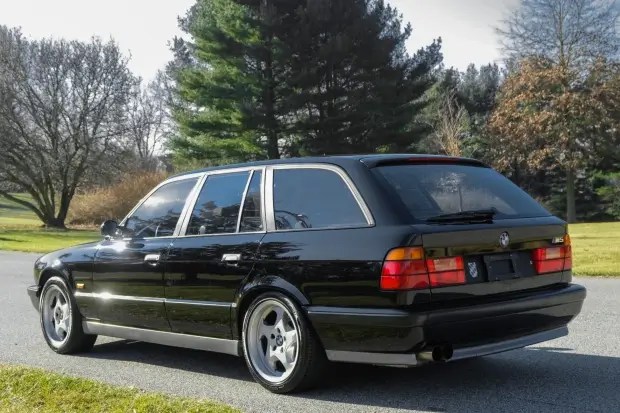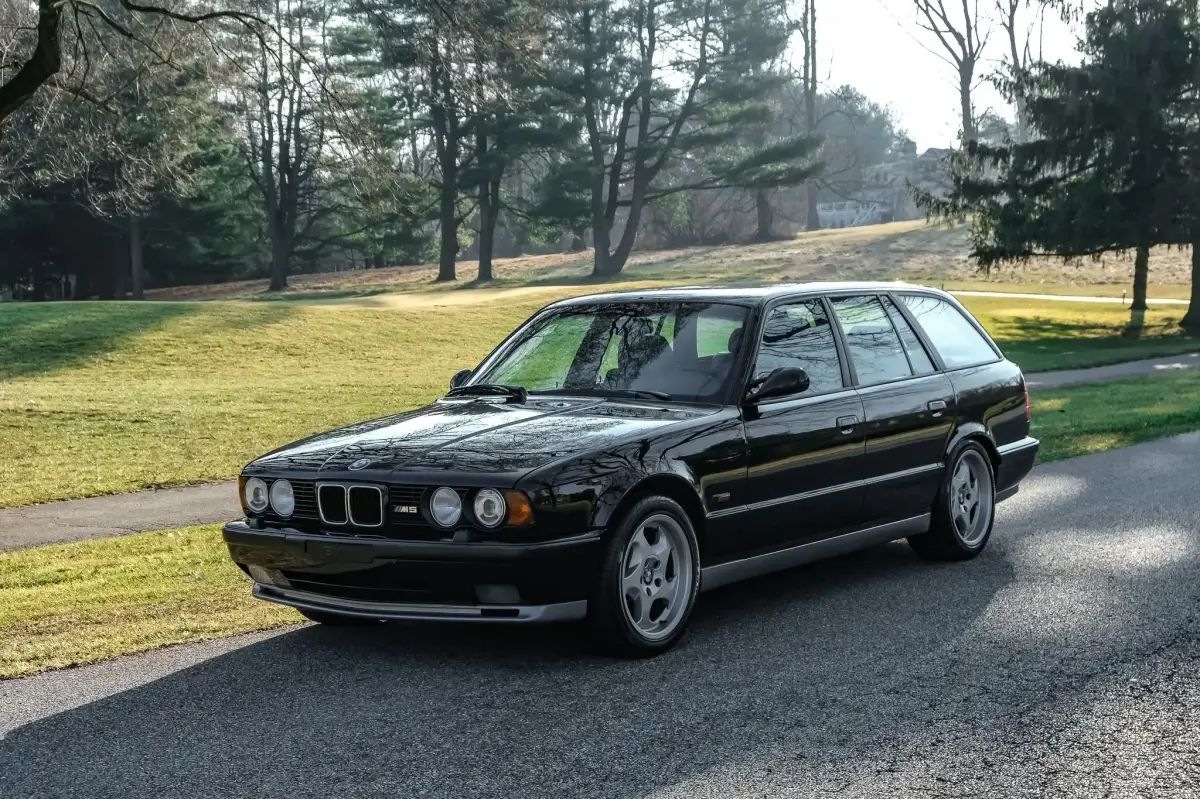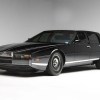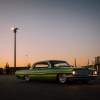
This Secret BMW Prototype Helped McLaren Develop the F1 Supercar
Automakers borrowing engine technology from other brands can often lead to some interesting ideas. In fact, it was supercar manufacturer McLaren that turned to BMW to build the V12 that would go on to power the McLaren F1. But that meant testing the engine before the rest of McLaren’s first road car was complete. And BMW did just that, by stuffing the 6.1-liter V12 into an E34 M5 Wagon.
Development of the McLaren F1 into the fastest car in the world
Under the guidance of legendary designer Gordon Murray, the McLaren Formula 1 racing team set out to create its first-ever production car. Far from a hum-drum sports car, Murray had aspirations of creating a world-beating supercar on the brand’s first release.
The fastidious Murray also had certain requirements that bucked the prevailing trends of the day. He wanted a naturally-aspirated engine to avoid the mechanical complexity and challenging power delivery of turbocharging.
He also used advanced materials such as carbon fiber, titanium, gold, and kevlar to increase rigidity while reducing weight. And with the Honda NSX as a benchmark, Murray also suggested that the Japanese automaker produce the engine for the eventual F1. After all, Honda supplied the McLaren team’s power plants for its run of championships throughout the late 1980s. They declined, and ultimately BMW took the engineering challenge and ran with it.
The BMW M5 Wagon powered by a McLaren V12

In a 2019 episode of Collecting Cars, former McLaren director of road and race vehicles, David Clark, discussed the development process of the BMW-built V12 before it landed in the F1. With fewer big vehicles in its lineup than we see today, BMW had scant options for real-world testing the big V12 engine.
However, the BMW M5 Wagon worked perfectly, and the chassis became the test bed for the McLaren F1 engine. Making an eventual 618 horsepower and 479 pound-feet of torque, Clark described the driving experience of the V12 wagon as “outrageous”. It’s not hard to see why.
In the McLaren F1, this powerplant pushed the brand’s first road car to another milestone: the fastest car in the world. At the time, the F1 could reach speeds of 221 mph. That was 8 mph faster than the previous record holder, the Ruf CTR. Critically, though, the McLaren F1 remains the fastest naturally-aspirated car in the world. Today’s speediest machinery uses turbocharging and electric motor assistance to reach beyond what the McLaren F1 could do with a natural intake alone.
Is the McLaren V12 BMW wagon for sale?
Used as nothing more than a development mule, the V12-powered BMW M5 Wagon wasn’t considered a showpiece by BMW. However, the brand never scrapped the car, either. Today, it is stored in BMW’s collection of prototypes and concept cars. It was never even considered for production, and was only ever driven in testing of the V12 engine.
We’d love to see BMW caning the V12-powered M5 Wagon up the Goodwood Hillclimb, if for nothing but the spectacle alone. For now, though, it remains shrouded in BMW’s private collection, away from our prying eyes.



